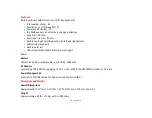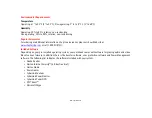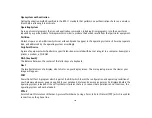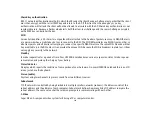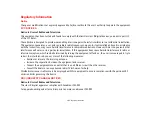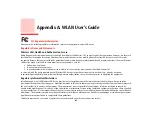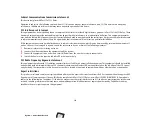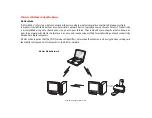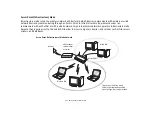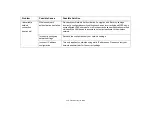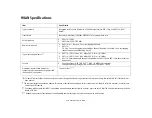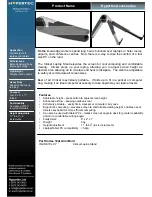
103
-
Shared key authentication
802.11 network authentication method in which the AP sends the client device a challenge text packet that the client
must then encrypt with the correct WEP key and return to the AP. If the client has the wrong key or no key,
authentication will fail and the client will not be allowed to associate with the AP. Shared key authentication is not
considered secure, because a hacker who detects both the clear-text challenge and the same challenge encrypted
with a WEP key can decipher the key.
SSID
Service Set Identifier, a 32-character unique identifier attached to the header of packets sent over a WLAN that acts
as a password when a mobile device tries to connect to the BSS. The SSID differentiates one WLAN from another, so
all access points and all devices attempting to connect to a specific WLAN must use the same SSID. A device will not
be permitted to join the BSS unless it can provide the unique SSID. Because the SSID is broadcast in plain text, it does
not supply any security to the network.
Standby
To make inoperative for a period of time. Your LIFEBOOK notebook uses various suspension states to reduce power
consumption and prolong the charge of your battery.
Status Indicator
A display which reports the condition of some portion of your hardware. On your LIFEBOOK notebook this is an LCD
screen just above the keyboard.
Stereo (audio)
A system using two channels to process sound from two different sources.
Subnet mask
TCP-IP network is controlled by being divided into multiple smaller networks (subnets). IP address consists of the
subnet address and the address of each computer. Subnet mask defines how many bits of IP address comprise the
subnet address. The same value shall be set among computers communicating with each other.
S-Video
Super Video. A component video system for driving a TV or computer monitor.

